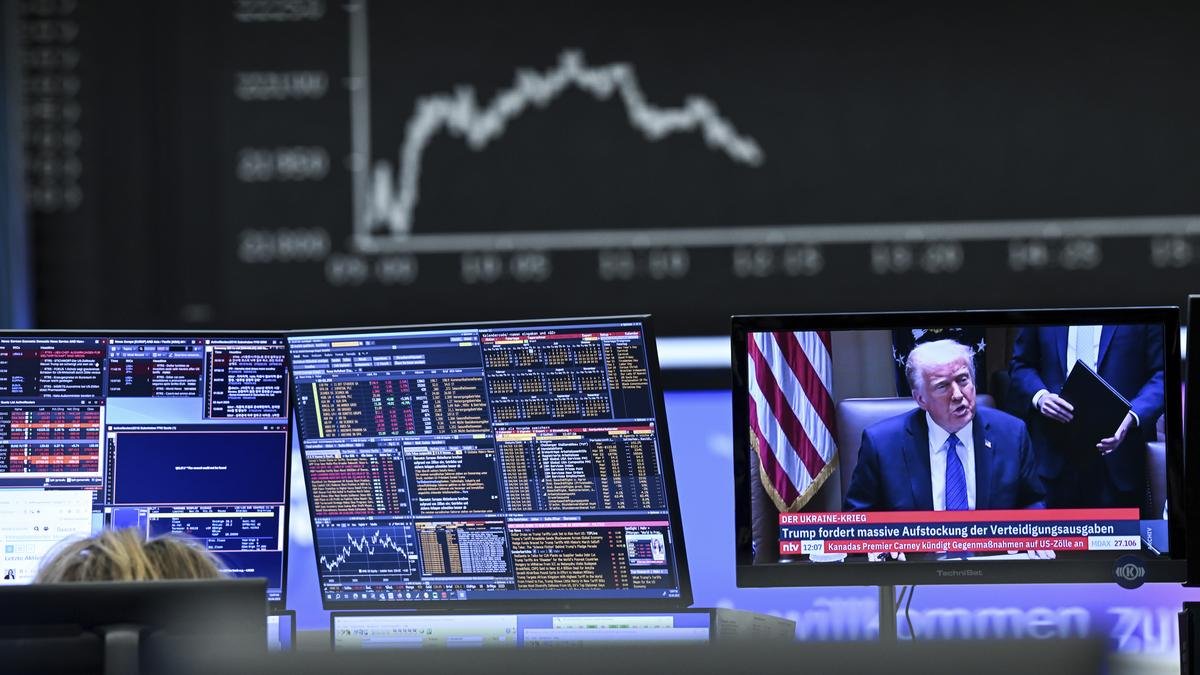Buckle up, because the Indian stock market just hit a speed bump—and it’s a big one. On April 6, 2025, the Sensex tanked by more than 2,600 points, and the Nifty slipped below 22,000, leaving investors reeling. Sectoral indices didn’t escape the carnage either, with some dropping as much as 8%. If you’re wondering what’s behind this nosedive or how it affects you, let’s dive in with a real-world lens—because behind the charts and numbers, there’s a story that hits close to home.
When the Market Turns Red
Picture this: You’re scrolling through your phone, maybe waiting for the evening news, when you spot the headline—Sensex down over 2,600 points. Your first thought? “Ouch.” It’s not just a number; it’s savings, dreams, and plans taking a hit. The Nifty, a broader gauge of the market, has fallen below 22,000, a psychological threshold that’s got everyone from day traders to long-term investors biting their nails. And the sectoral indices? They’re like a row of dominoes—metal, banking, IT, you name it—down by up to 8%.

I couldn’t help but think of my friend Priya, who started investing last year. She texted me this morning, “Is this normal? Should I sell everything?” Her panic’s relatable—days like this make you question everything you thought you knew about the market.
Table of Contents
What Sparked the Sell-Off?
So, what’s driving this chaos? It’s not just one thing—it’s a cocktail of global jitters. News of potential trade tariffs abroad has rattled markets worldwide, and India’s no exception. A stronger dollar’s putting pressure on emerging markets like ours, and there’s talk of a slowdown looming on the horizon. It’s like the world handed the Sensex a big “proceed with caution” sign, and investors hit the brakes hard.
Sectors are feeling it too. Metal stocks are wobbling with commodity prices in flux, IT’s spooked by uncertainty in the U.S. tech space, and banking’s caught in the crossfire of economic unease. It’s a domino effect, and today, they all fell at once.
The Ripple Effect on Everyday Life
This isn’t just about stock tickers—it trickles down. If you’re not an investor, you might still feel the pinch. Companies losing value could mean tighter budgets, fewer jobs, or even pricier groceries if supply chains get messy. My neighbor, a small business owner, was grumbling about rising costs just yesterday. “When the market’s down, everyone feels it eventually,” he said. He’s not wrong.
For those with money in the game, it’s a gut check. Do you hold on, hoping for a rebound, or cut your losses? It’s the kind of decision that keeps you up at night, staring at the ceiling, wondering if you should’ve listened to that random tip at the last family gathering.
Will the Market Bounce Back?
Here’s the million-rupee question: What’s next? Some analysts are calling it a blip—a reaction to global noise that’ll calm down soon. Others aren’t so sure, pointing to deeper cracks that might take time to mend. The truth? No one knows for certain. My dad, who’s seen his share of market swings, always says, “It’s a wave—ride it or get out of the water.” Today, though, the waves feel more like a tsunami.
If you’re in it for the long haul, the advice seems to be: Don’t panic. Markets dip, markets rise—it’s their nature. But if you’re new to this, like Priya, it’s hard not to feel the heat.
Finding Calm in the Storm
So, what can you do? Step one: Breathe. Step two: Check the facts, not the rumors. Live updates from trusted sources can keep you grounded without drowning in speculation. And maybe, just maybe, take a break from refreshing that stock app every five minutes—I’m guilty of that too.
Days like today remind us that the market’s human, in a way—full of emotion, unpredictability, and lessons. Got a take on this crash or a strategy that’s worked for you? Share it below. We could all use a little wisdom right now!

